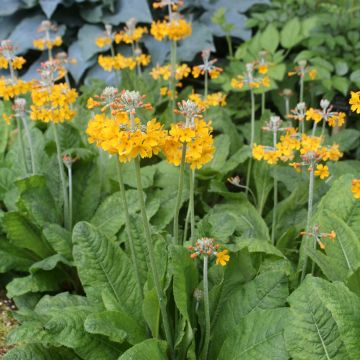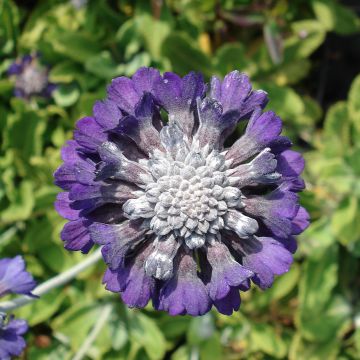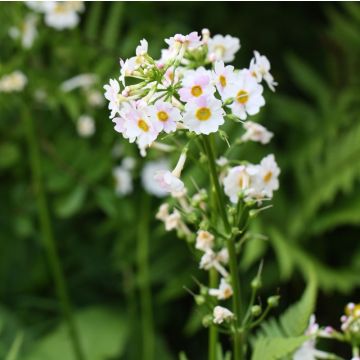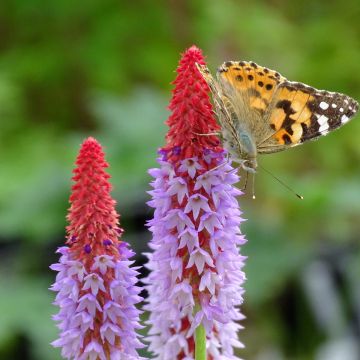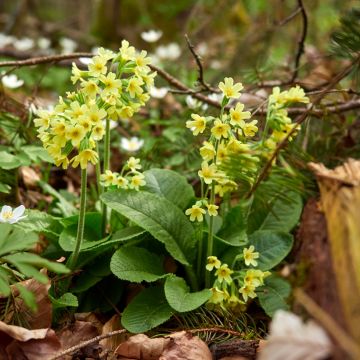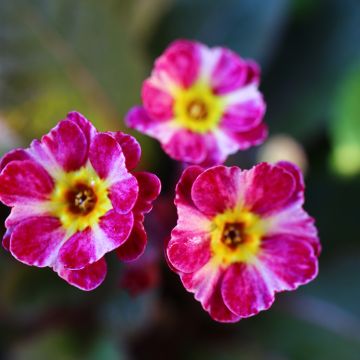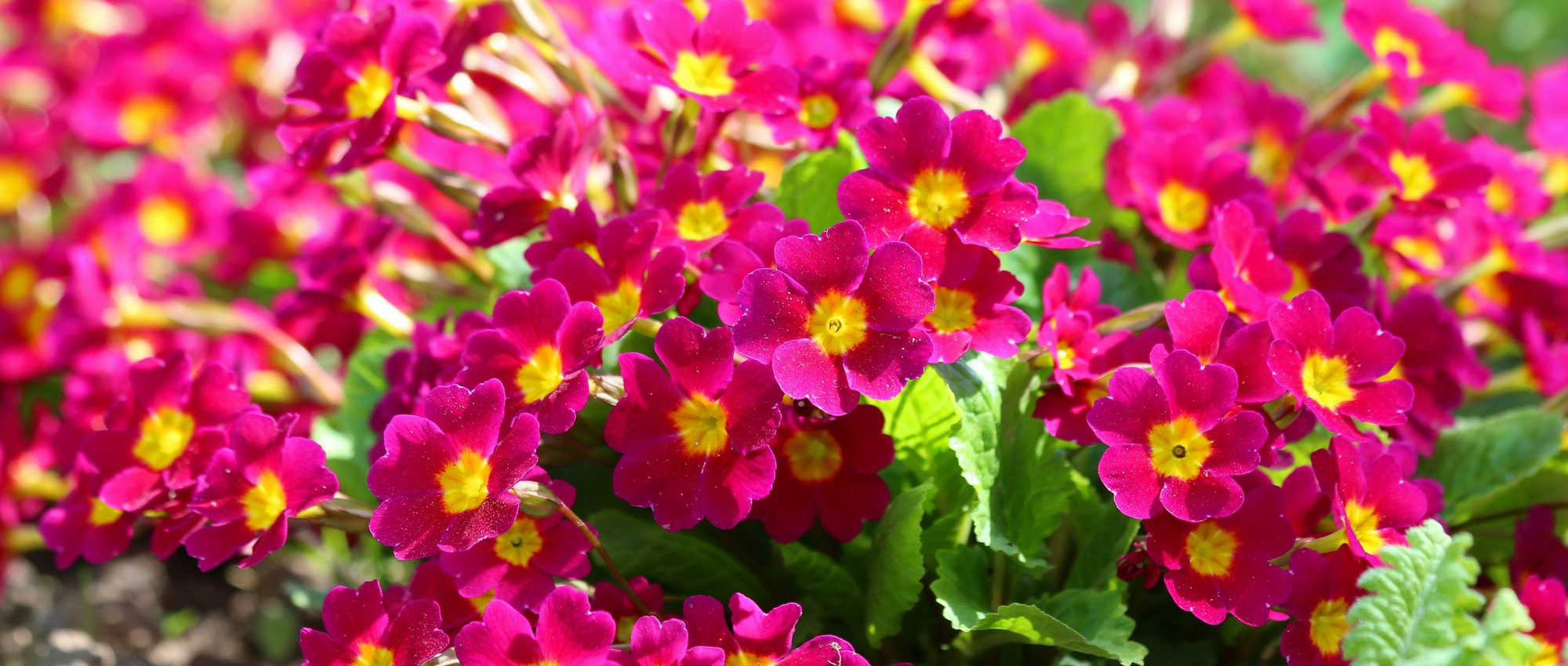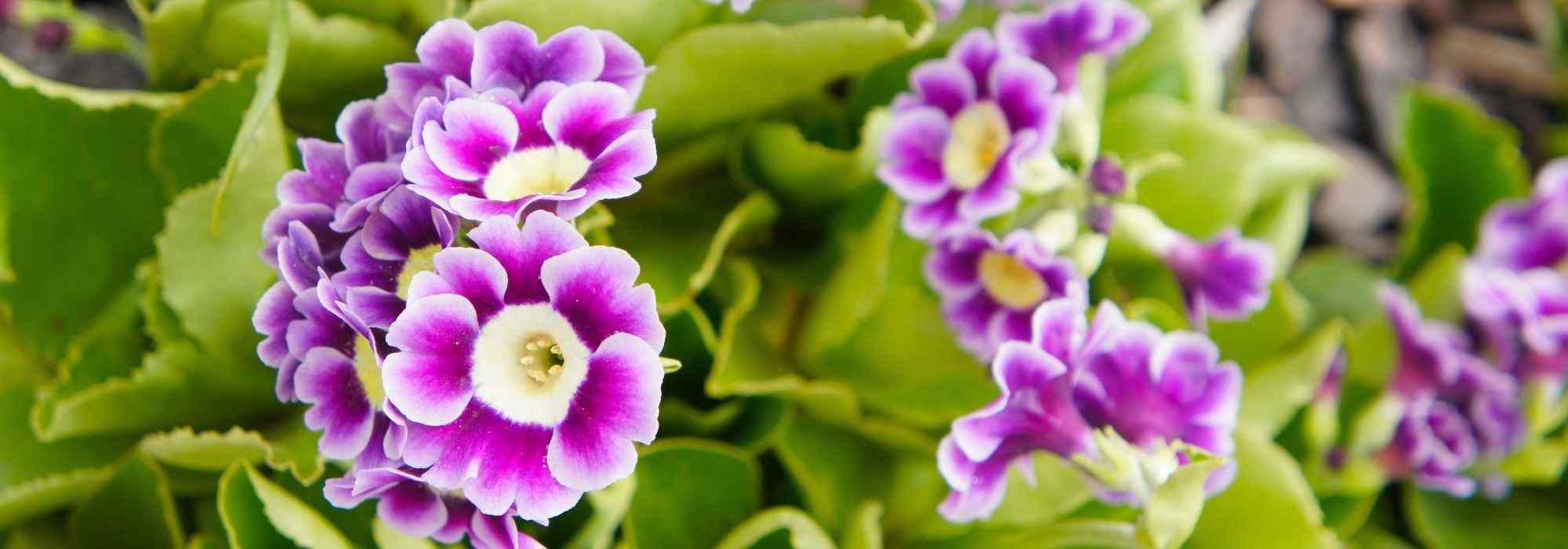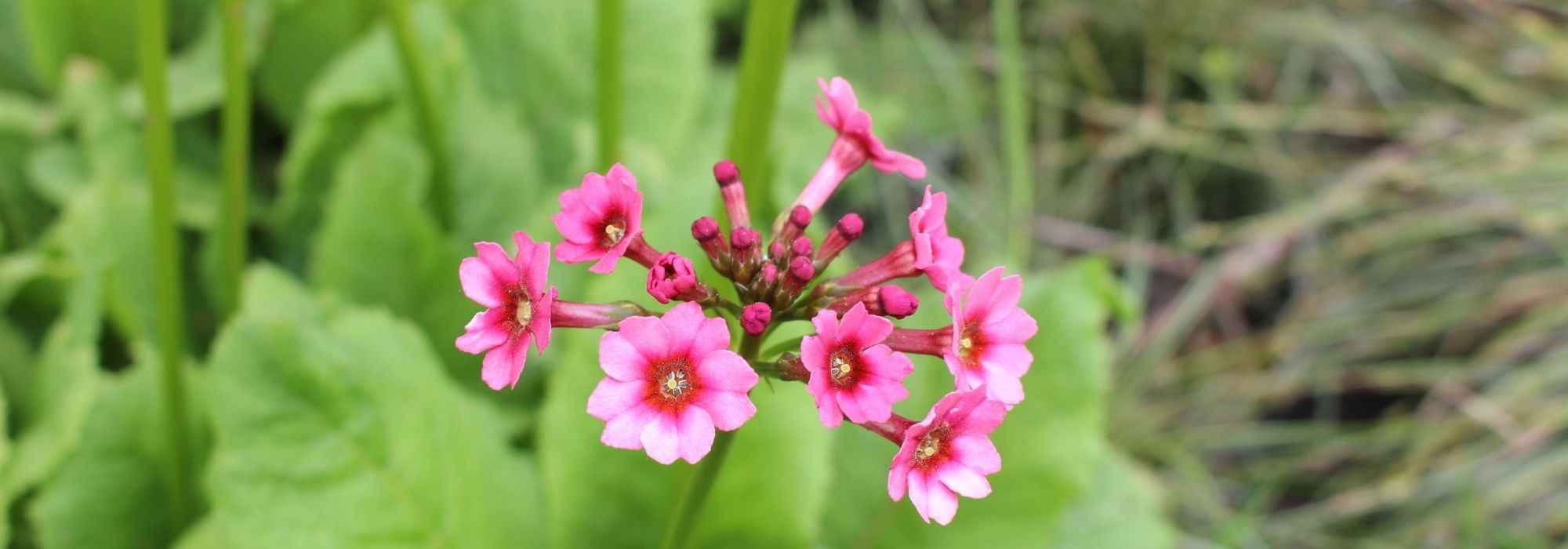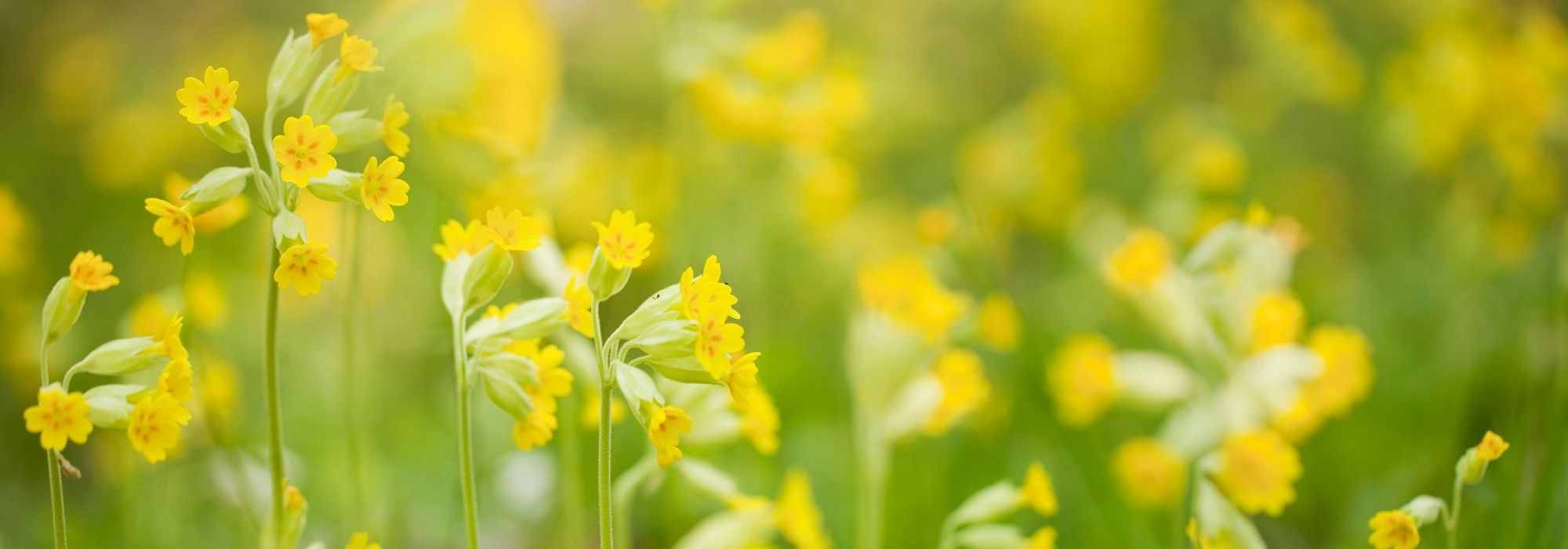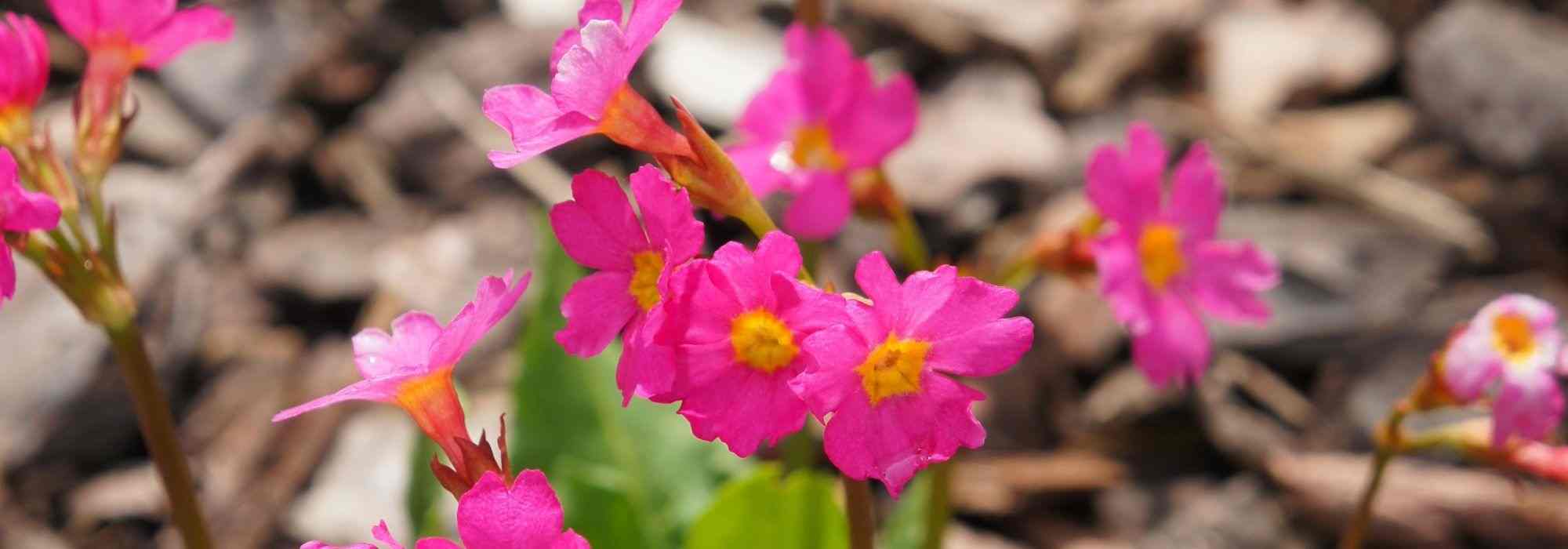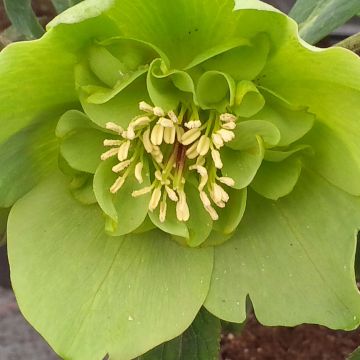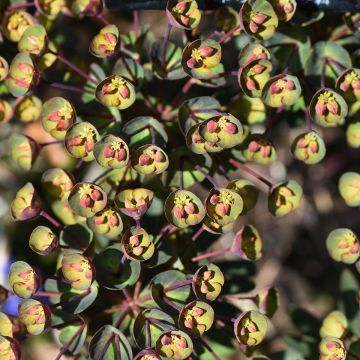

Primula x hybrida Elizabeth Killelay
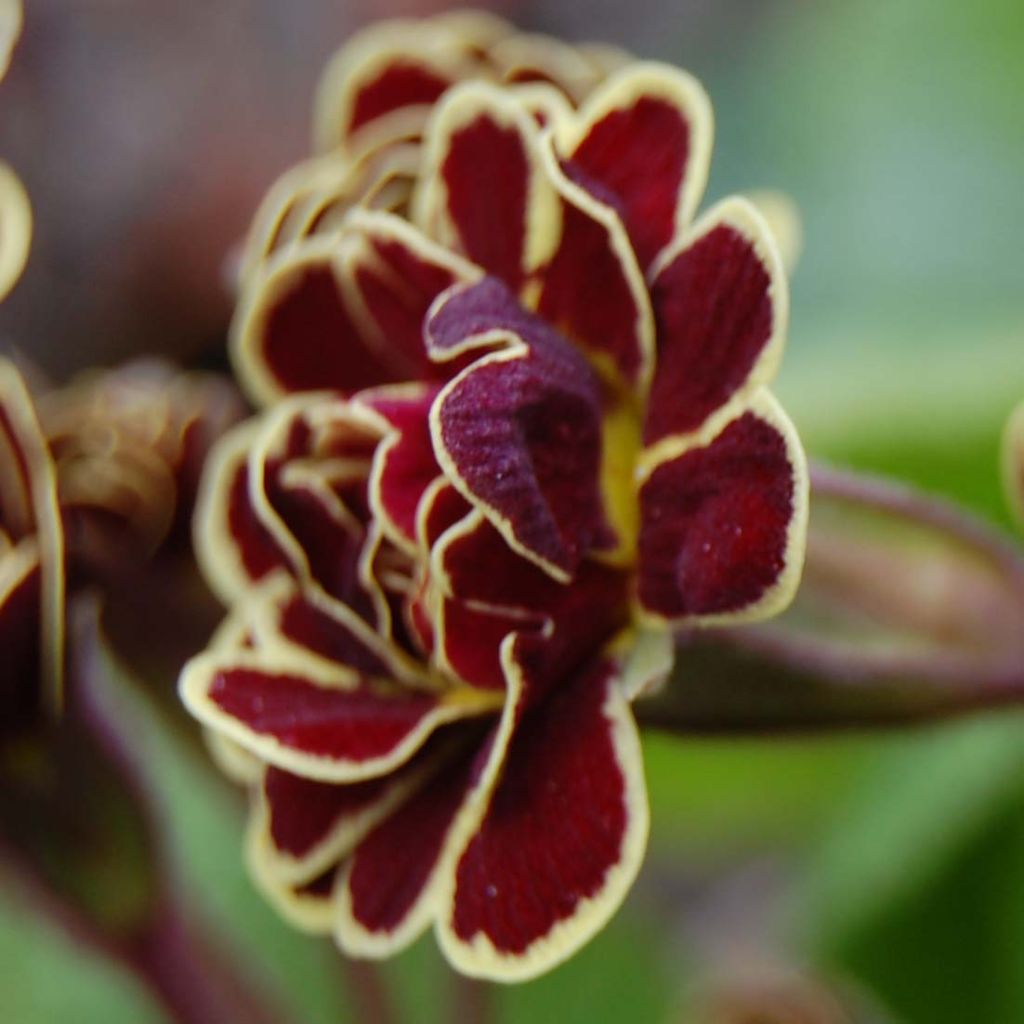

Primula x hybrida Elizabeth Killelay
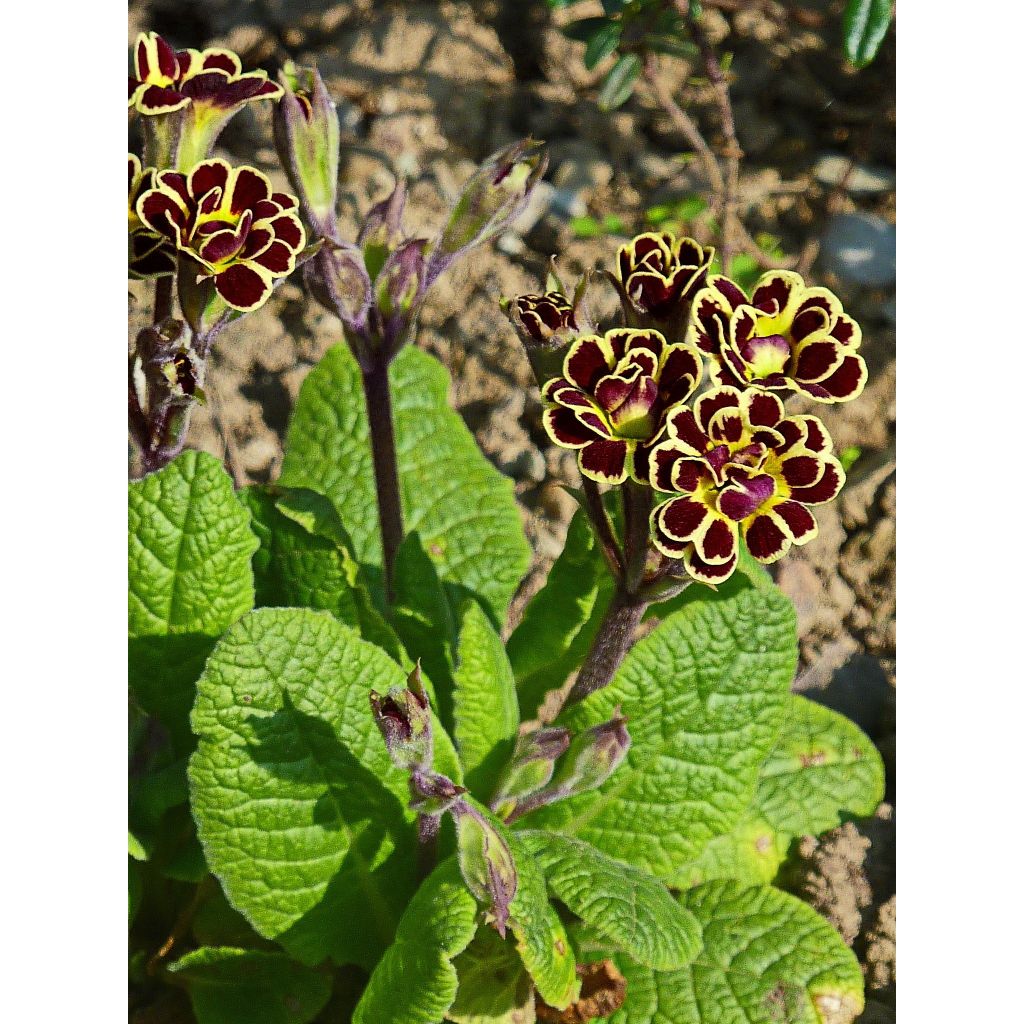

Primula x hybrida Elizabeth Killelay
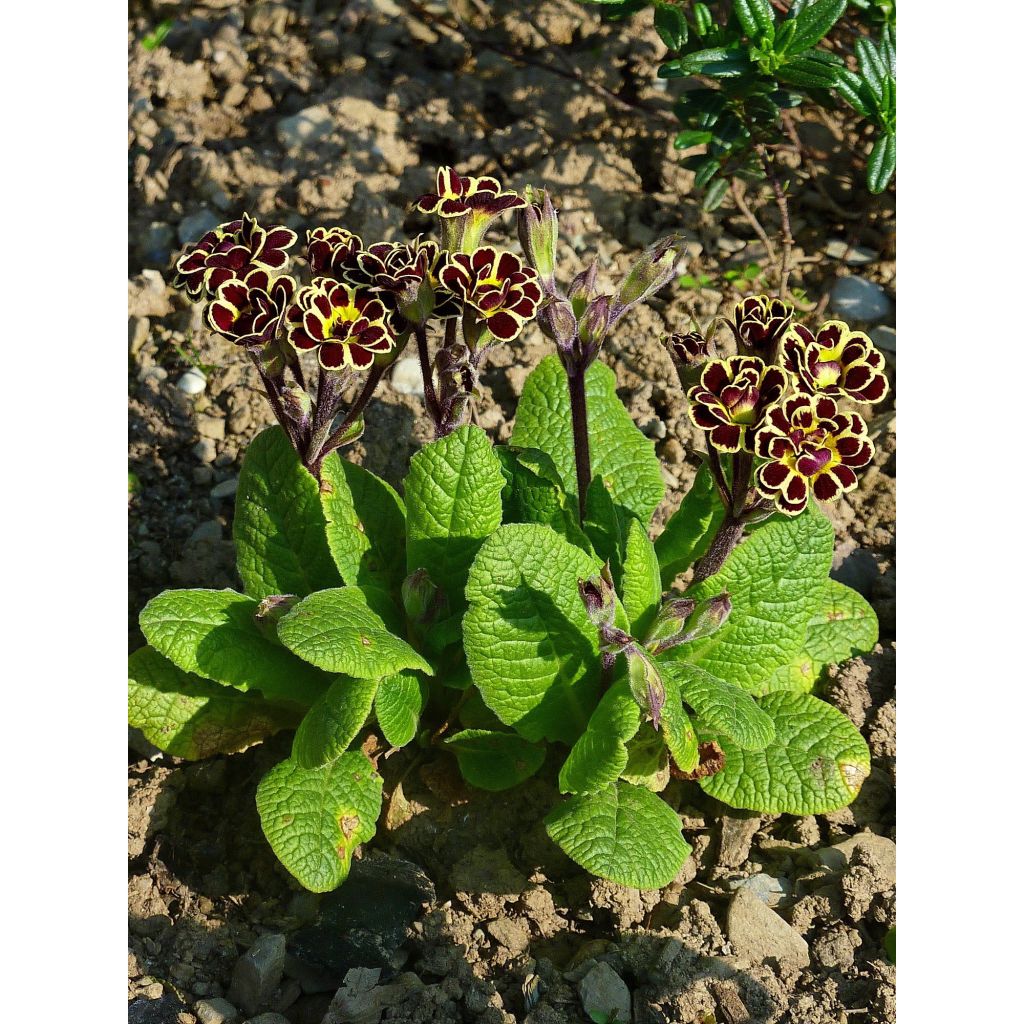

Primula x hybrida Elizabeth Killelay
View more pictures
Hide images

Franck B.

Franck B. • 10 FR
Primula x hybrida Elizabeth Killelay
Primula x hybrida Elizabeth Killelay
Primevères des jardins, Primevères hybride
Plants delivered diseased with leaves and flowers partially rotten - second attempt which is likely to end in another failure despite preservation efforts.
Molpé41, 25/05/2024
Special offer!
Receive a €20 voucher for any order over €90 (excluding delivery costs, credit notes, and plastic-free options)!
1- Add your favorite plants to your cart.
2- Once you have reached €90, confirm your order (you can even choose the delivery date!).
3- As soon as your order is shipped, you will receive an email containing your voucher code, valid for 3 months (90 days).
Your voucher is unique and can only be used once, for any order with a minimum value of €20, excluding delivery costs.
Can be combined with other current offers, non-divisible and non-refundable.
Why not try an alternative variety in stock?
View all →This plant carries a 12 months recovery warranty
More information
We guarantee the quality of our plants for a full growing cycle, and will replace at our expense any plant that fails to recover under normal climatic and planting conditions.

Would this plant suit my garden?
Set up your Plantfit profile →
Description
The Primula 'Elizabeth Killelay' is a vigorous and unusual hybrid primrose that will make a sensation in containers and borders from March onwards, due to its very double flowers with original and beautifully contrasting colours. This variety produces bouquets of flowers with multiple petals in a deep reddish-brown, finely edged with cream-white and gathered around a golden yellow heart; a colour highlighted by large, light green, embossed leaves. This small and hardy perennial is easy to grow in moist soil, in borders, damp rockeries, planted in humus-rich and moist soil, in gentle sunlight, in partial or even full shade.
The Primula 'Elizabeth Killelay' is a spontaneous hybrid, resulting from the cross-breeding of a yellow P. polyantha and a ruby red hybrid primrose. It was discovered in Hazel Bolton's garden in the United Kingdom, growing vigorously despite receiving little care and without protection against herbivores. Primroses belong to the primulaceae family.
The beautiful foliage of 'Elizabeth Killelay' develops in dense rosettes, emerging from the underground rootstock to form a slowly spreading carpet. The leaves, mostly evergreen, are 8 to 12 cm (3 to 5in) long and 3 to 6 cm (1 to 2in) wide, embossed and velvety, with a tender green colour. From March to May, short flowering stems of 15 to 20 cm (6 to 8in) tall appear, bearing clusters of 3 to 8 beautiful turbinate flowers with numerous imbricate petals, in shades of brown nuanced with burgundy, bordered with cream-white. The flower's heart is golden yellow. This flowering is also slightly fragrant.
The 'Elizabeth Killelay' primrose will particularly thrive in humus-rich, moist but well-drained soil, conditions that can be found in damp rockeries or rocky areas bordering a small waterfall. In borders or containers on a balcony, this plant pairs well with white-coloured companions; pansies, violets, hostas, forget-me-nots, peonies, or creeping bugleweeds. Primroses are perfect in borders, low flowerbeds under leafy cover, rockeries, and short grass meadows, among snowdrops and violets.
The primroses in our gardens are almost all perennials, sometimes annuals, rarely shrubs. Their cultivation can be either very easy or very difficult. Often, the climate is a determining factor for their survival; some species die if the summer temperature is too high, others if the winter is too humid or too cold, etc. It is a complex genus that we have been cultivating for 25 years, but to understand the very different ways of living of all the rare species, one must spend a lot of time with them and know that they forgive no mistakes. The ones in this catalog do not all present the same degree of difficulty, but they can all be cultivated by a careful amateur. Some are easy to grow, others less so... it's up to you to choose the ones you think you can master in cultivation!
Primula x hybrida Elizabeth Killelay in pictures
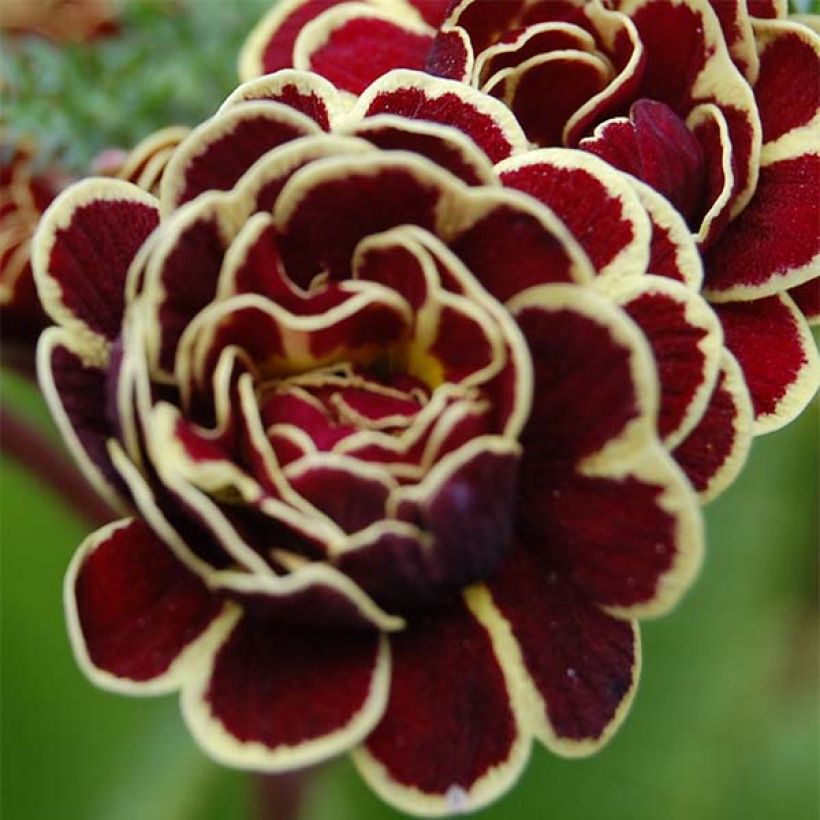

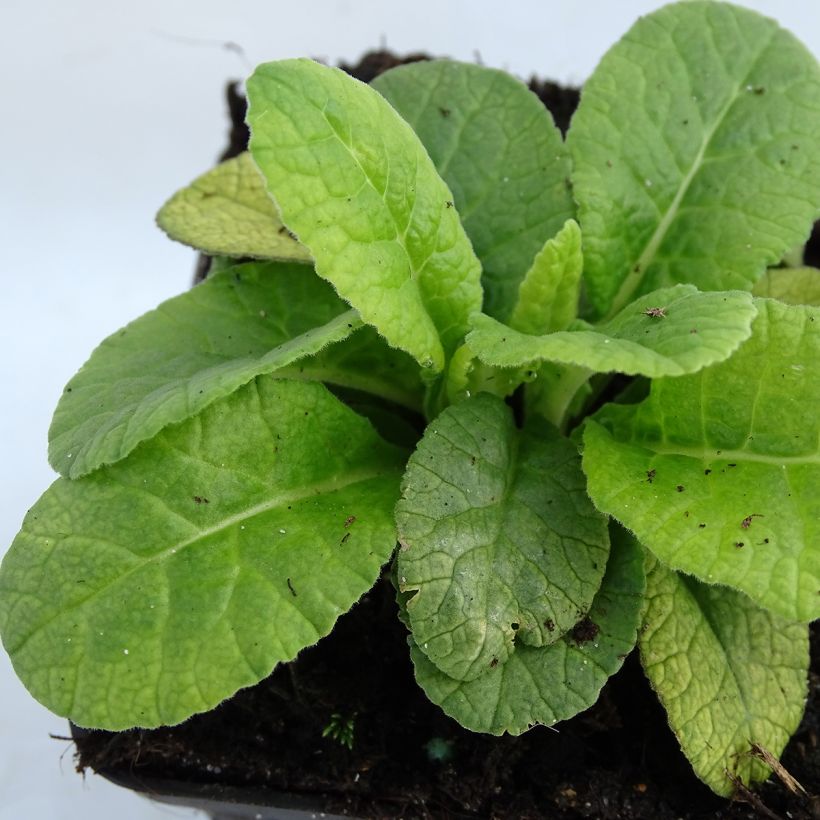

Flowering
Foliage
Plant habit
Botanical data
Primula
x hybrida
Elizabeth Killelay
Primulaceae
Primevères des jardins, Primevères hybride
Cultivar or hybrid
Other Primula - Primroses
View all →Planting and care
The Primula 'Elizabeth Killelay' prefers humus-rich soils, always moist but well-drained, low in limestone. However, it tolerates heavy clay soils as long as the water does not stagnate, just like the stemless primrose. Although it fears harsh sunlight, it does not like too dense shade either. An exposure to the north of a wall, for example, suits it perfectly, or in the morning sun. Over time, it forms beautiful borders that can live for many years if the location suits it.
Planting period
Intended location
Care
Planting & care advice
-
, onOrder confirmed
Reply from on Promesse de fleurs
Similar products
Haven't found what you were looking for?
Hardiness is the lowest winter temperature a plant can endure without suffering serious damage or even dying. However, hardiness is affected by location (a sheltered area, such as a patio), protection (winter cover) and soil type (hardiness is improved by well-drained soil).

Photo Sharing Terms & Conditions
In order to encourage gardeners to interact and share their experiences, Promesse de fleurs offers various media enabling content to be uploaded onto its Site - in particular via the ‘Photo sharing’ module.
The User agrees to refrain from:
- Posting any content that is illegal, prejudicial, insulting, racist, inciteful to hatred, revisionist, contrary to public decency, that infringes on privacy or on the privacy rights of third parties, in particular the publicity rights of persons and goods, intellectual property rights, or the right to privacy.
- Submitting content on behalf of a third party;
- Impersonate the identity of a third party and/or publish any personal information about a third party;
In general, the User undertakes to refrain from any unethical behaviour.
All Content (in particular text, comments, files, images, photos, videos, creative works, etc.), which may be subject to property or intellectual property rights, image or other private rights, shall remain the property of the User, subject to the limited rights granted by the terms of the licence granted by Promesse de fleurs as stated below. Users are at liberty to publish or not to publish such Content on the Site, notably via the ‘Photo Sharing’ facility, and accept that this Content shall be made public and freely accessible, notably on the Internet.
Users further acknowledge, undertake to have ,and guarantee that they hold all necessary rights and permissions to publish such material on the Site, in particular with regard to the legislation in force pertaining to any privacy, property, intellectual property, image, or contractual rights, or rights of any other nature. By publishing such Content on the Site, Users acknowledge accepting full liability as publishers of the Content within the meaning of the law, and grant Promesse de fleurs, free of charge, an inclusive, worldwide licence for the said Content for the entire duration of its publication, including all reproduction, representation, up/downloading, displaying, performing, transmission, and storage rights.
Users also grant permission for their name to be linked to the Content and accept that this link may not always be made available.
By engaging in posting material, Users consent to their Content becoming automatically accessible on the Internet, in particular on other sites and/or blogs and/or web pages of the Promesse de fleurs site, including in particular social pages and the Promesse de fleurs catalogue.
Users may secure the removal of entrusted content free of charge by issuing a simple request via our contact form.
The flowering period indicated on our website applies to countries and regions located in USDA zone 8 (France, the United Kingdom, Ireland, the Netherlands, etc.)
It will vary according to where you live:
- In zones 9 to 10 (Italy, Spain, Greece, etc.), flowering will occur about 2 to 4 weeks earlier.
- In zones 6 to 7 (Germany, Poland, Slovenia, and lower mountainous regions), flowering will be delayed by 2 to 3 weeks.
- In zone 5 (Central Europe, Scandinavia), blooming will be delayed by 3 to 5 weeks.
In temperate climates, pruning of spring-flowering shrubs (forsythia, spireas, etc.) should be done just after flowering.
Pruning of summer-flowering shrubs (Indian Lilac, Perovskia, etc.) can be done in winter or spring.
In cold regions as well as with frost-sensitive plants, avoid pruning too early when severe frosts may still occur.
The planting period indicated on our website applies to countries and regions located in USDA zone 8 (France, United Kingdom, Ireland, Netherlands).
It will vary according to where you live:
- In Mediterranean zones (Marseille, Madrid, Milan, etc.), autumn and winter are the best planting periods.
- In continental zones (Strasbourg, Munich, Vienna, etc.), delay planting by 2 to 3 weeks in spring and bring it forward by 2 to 4 weeks in autumn.
- In mountainous regions (the Alps, Pyrenees, Carpathians, etc.), it is best to plant in late spring (May-June) or late summer (August-September).
The harvesting period indicated on our website applies to countries and regions in USDA zone 8 (France, England, Ireland, the Netherlands).
In colder areas (Scandinavia, Poland, Austria...) fruit and vegetable harvests are likely to be delayed by 3-4 weeks.
In warmer areas (Italy, Spain, Greece, etc.), harvesting will probably take place earlier, depending on weather conditions.
The sowing periods indicated on our website apply to countries and regions within USDA Zone 8 (France, UK, Ireland, Netherlands).
In colder areas (Scandinavia, Poland, Austria...), delay any outdoor sowing by 3-4 weeks, or sow under glass.
In warmer climes (Italy, Spain, Greece, etc.), bring outdoor sowing forward by a few weeks.































